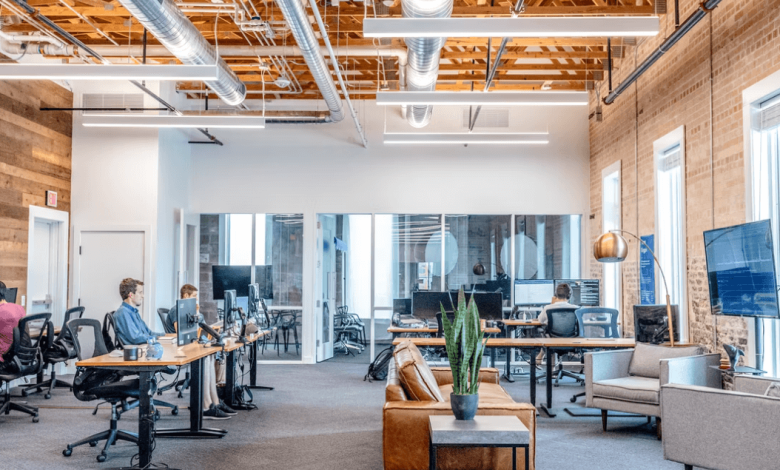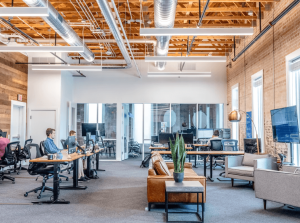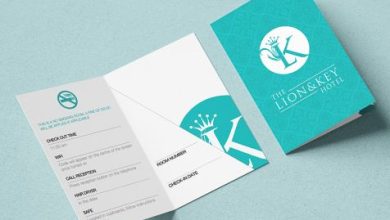Aging in the Workplace: How to Embrace an Age-Friendly Culture

As the workforce continues to age, it’s important for employers to create a workplace culture that is inclusive of all ages. There are many benefits to having a diverse workforce, including fresh perspectives, different skillsets, and a greater understanding of your customer base. By creating an age-friendly culture, employers can tap into the wealth of experience and knowledge that comes with aging. Additionally, an age-friendly workplace can help to keep employees healthy and engaged, leading to reduced turnover rates and a more productive workforce.
The Benefits of an Age-Friendly Workplace Culture
Aging employees can bring a wealth of knowledge and experience to the workplace, and employers who embrace an age-friendly culture can benefit in a number of ways. Some of the benefits include:
– A decrease in staff turnover, as older workers are more likely to stay with their employer for a longer period of time.
– An increase in creativity and innovation, as older employees are more likely to have experience and knowledge that they can share with their colleagues.
– A decrease in the cost of health care, as healthy and engaged employees are less likely to require expensive medical treatments.
Employers who want to create a more age-friendly workplace should consider creating an age-friendly physical environment, encouraging social and intellectual stimulation, and providing support for work/life balance. By doing so, they can create a workplace culture that embraces aging and helps to keep their employees healthy and engaged.

How to Create an Age-Friendly Workplace Culture
Employers have the ability to create a diverse workplace culture that embraces aging and helps to keep their employees healthy and engaged. There are a few ways that employers can do this, including creating an age-friendly physical environment, encouraging social and intellectual stimulation, and providing support for work/life balance.
Creating an Age-Friendly Physical Environment
One of the most important things that employers can do to create an age-friendly workplace culture is to make sure that their physical environment is accommodating. This includes making sure that there are plenty of spaces for people to sit or stand, as well as providing adequate lighting and signage. In addition, employers should consider how their layout might be inhibiting older employees’ ability to move around. For example, if the office is on one floor and there is no elevator, this could be a problem for older employees.
Encouraging Social and Intellectual Stimulation
Another way that employers can create an age-friendly workplace culture is by encouraging social and intellectual stimulation. This could mean holding regular social events, such as happy hours or potlucks. It could also mean offering opportunities for employees to learn new things, such as through lunch-and-learns or training sessions.
Providing Support for Work/Life Balance
Finally, employers can create an age-friendly workplace culture by providing support for work/life balance. This might include offering flexible work arrangements, such as telecommuting or compressed workweeks, or allowing employees to take time off for elder care. It could also mean providing resources for caregivers, such as a Employee Assistance Program (EAP).
By creating an age-friendly workplace culture, employers can help their employees stay healthy and engaged well into retirement. In addition, age diversity can bring a wealth of experience and knowledge to the workplace.
What are some other ways that employers can create an age-friendly workplace culture? Share your ideas in the comments!
Conclusion
Aging in the workplace is becoming an increasingly important topic, as more and more people are working past the traditional retirement age. In order to keep employees healthy and engaged, it’s important for employers to embrace an age-friendly workplace culture.
There are a few ways that employers can create an age-friendly workplace culture, including making sure that their physical environment is accommodating, encouraging social and intellectual stimulation, and providing support for work/life balance.
Age diversity can bring a wealth of experience and knowledge, so it’s in employers’ best interest to create an age-friendly workplace culture.




